Budget vs. Luxury: A Breakdown of When to Save and When to Splurge on Skincare
Skincare enthusiasts are sophisticated these days. So when it comes to crafting the perfect ensemble of skincare products for our skin, we’re not going to just buy into marketing hype. And yet most of us also have limited budgets. So how should we analyze what we can skimp a bit on and when to splurge on skincare? Here, Jude Chao gives us a unique way to do the math so we can get the most out of our products.
Like most of us, I’m on a budget. Unfortunate necessities like rent, utilities, and bills (and the occasional massage for my always-achy computer shoulders) mean I can’t spend my entire paycheck on skincare, as much as I often would like to. Even if I did have unlimited funds for skincare, however, my routine would still contain a mix of budget and luxury products. Here, I’m going to break down why, as well as when to skimp and when to splurge on skincare.
The usual argument against budget skincare
Devotees of higher-priced skincare brands often argue that when you buy cheaper products, what you save at checkout is coming out of the quality of your product. Beauty is a capitalist venture, after all, and brands aren’t going to sell products unless they make a profit from it. If the retail cost is low, then the production costs must be drastically lower still, even with the added costs of packaging and logistics added in. Therefore, the brand must be making the product very, very cheaply. Surely that means cutting corners.
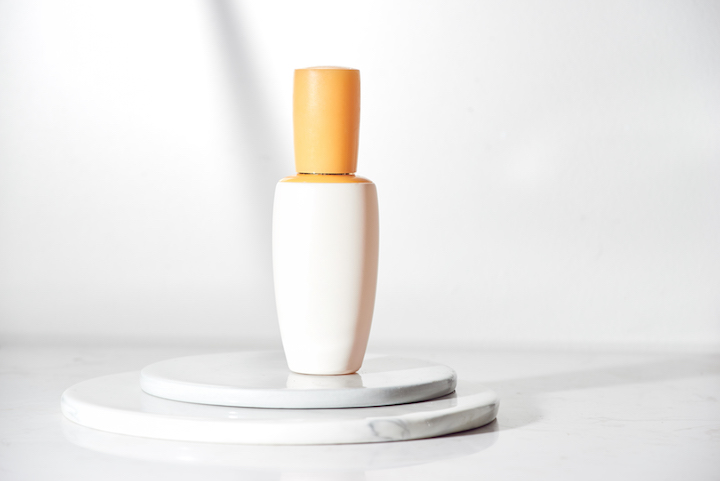
The usual argument against luxury skincare
Frugal skincare fans, on the other hand, point out that when you pay high retail prices for a luxury brand’s product, what you’re really paying for are design, packaging, branding, and marketing. Higher-end brands (La Mer and their plastic tubs of $325 face cream excepted) tend to use more expensive packaging materials and expend more of an effort to make sure their aesthetic and user experience convey the feeling of “luxury.”
Higher-end brands also spend much more on crafting and disseminating a brand story through advertising and marketing. The cost for all that does reflect in the prices of the products, since that’s what’s expected to make that money back, and more.
The truth lies somewhere in between
There’s truth in both arguments, but neither argument tells the whole story. There are times when an inexpensive product is truly inferior, and there are times when a luxury item is a waste of money.
Yes, budget brands spend less on ingredients. The thing is, not all ingredients are expensive in the first place.
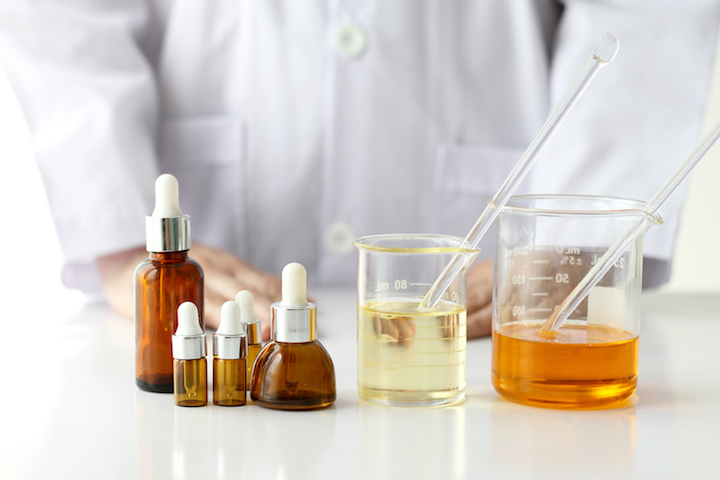
For some examples, I turned to cosmetic ingredient supplier Making Cosmetics. I looked up several common ingredients and calculated their prices per pound, based on the prices for the largest bulk option available for each ingredient. Prices vary by supplier, of course, but the basic pattern remains the same.
Actives were relatively cheap, with their lactic acid costing $7.49 per pound, salicylic acid coming in at $9 per pound, and glycolic acid starting at $13.67 per pound. Extracts cost more. Algae extract worked out to $16.78 per pound. Licorice extract will run a minimum of $18.84 per pound. Their honey extract starts at $39.90 per pound.
That’s good news when you’re looking for actives. At the end of the day, glycolic acid is glycolic acid, salicylic acid is salicylic acid, and so on. The molecular structure is the same no matter where it comes from. As long as product contains the active ingredient in an effective concentration and at an effective pH, then it’ll do the same thing to your skin whether it comes in a fancy package or a plain and simple one.
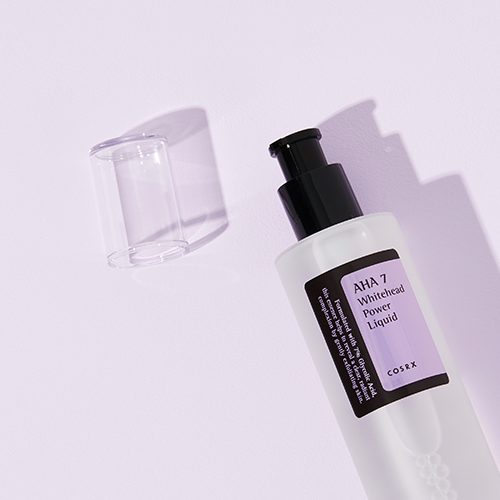
That’s why I don’t waste money on high-priced actives. Yes, the lactic acid in Sunday Riley Good Genes does exfoliate and brighten, but so does COSRX AHA 7 Whitehead Power Liquid. There’s no mystery with actives. They are what they are.
Then what about botanical extracts?
Extracts are murkier. A plant extract isn’t just one specific, consistent molecule; it may contain a variety of components. Ginseng, for example, may yield a variety of ginsenosides as well as polysaccharides and other constituents. Additionally, as this breakdown of ginseng components states, "it should be noted that one has no assurance of what part of the root/rhizome is employed in preparation of commercial root products."
On the consumer end, there’s also no assurance of the quality of the plants that the extracts came from in the first place. Differences in cultivation, soil quality, and even time of year may affect the raw material, a difference that can show up in the final product. So can the extracting process and solvent used.
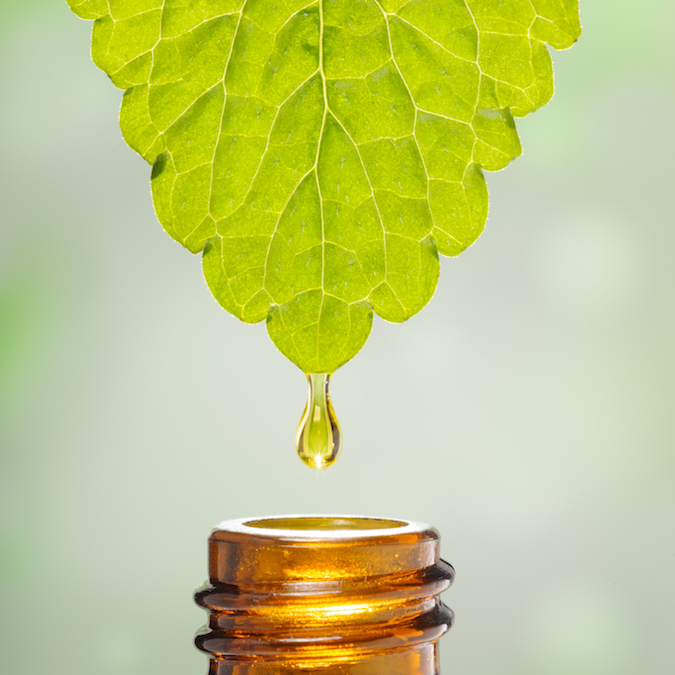
Finally, concentrations of the plant matter in the final extract aren’t standard across different suppliers and aren’t always published. For example, this edelweiss extract listing on Lotioncrafter contains information about the concentration of the polyphenols in the extract. This chamomile extract listing includes no concentration data.
It makes sense, then, that if a brand is going to cut corners and save costs on ingredients, extracts are an obvious place for them to do so. They can get a cheap and very diluted extract instead of a more concentrated and expensive one, and it’ll look exactly the same on the label. You’d never know for sure. While higher prices aren’t a guarantee of better extract quality, those brands at least have more budget to throw at their fancy plant juices.
The gold standard, in my opinion, are the brands that specialize in particular extracts. I’m pretty much always willing to splurge on Sulwhasoo, for example. AmorePacific Group has a long history of ginseng R&D, and I personally see a huge difference in results between a Sulwhasoo ginseng product and any other ginseng product from any other random brand.
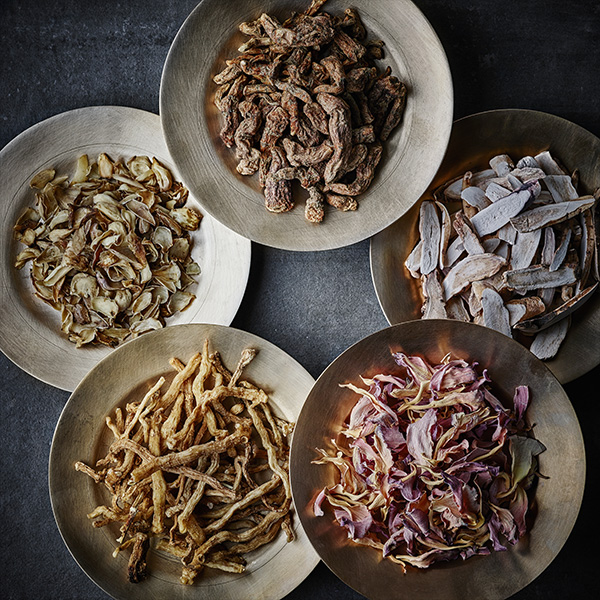
I’ve also been told by AmorePacific Group staff that Sulwhasoo cultivates, harvests, and extracts its own ginseng (and green tea for AmorePacific products), maintaining control and visibility over the process from beginning to end.
Of course not every brand can (or should) grow their own plants, but in general, I do think that extracts in products stand a better chance of being of higher quality and potency in a higher-end product. Additionally, very expensive ingredients like arbutin (alpha arbutin is a whopping $554.04 per pound at its cheapest on Making Cosmetics!) stand a better chance of being present in effective concentrations in pricier products.
What I save on and when I splurge
With the above factors in mind, I generally choose budget actives. If I just want an AHA or BHA or vitamin C serum, I know the active ingredients in those products aren’t expensive, and I don’t need the fancy extracts — that’s not what I’m getting the product for. As long as the concentration and pH are effective, I’m good to go.
Other areas that I save on are cleansers, which just rinse right off your face anyway, and sheet masks, which by necessity are going to be mostly water and humectants, whatever else they have in their ingredient lists.
View this post on Instagram
Where I splurge is when I want a product that contains a specific ingredient I know to be rare or expensive, or when the extracts or natural ingredients are the point of the product. Since there’s more variance in the quality and potency of that kind of ingredient, I feel more confident knowing the brand has the budget to buy a higher class of ingredients. It’s not a perfect system, but it’s worked out well for me in practice so far.
What’s your system for deciding when to save and when to splurge on skincare? Let us know in the comments!
Loading...